Free Tropical Runtz seeds on orders over $150!
Cannabis leaves canoeing is a major sign of heat stress on cannabis plants outdoors but that’s not the only one, find out more here.
Many outdoor producers struggle with extremely high temperatures during their summer grows, characterized by wilting and drooping cannabis plants, with leaves twisting, curling, flipping up at the edges, or otherwise affected by the heat. Cannabis plants that are overheated tend to droop and wilt. The leaves frequently begin to cup, much like a taco or canoe. Sometimes only the tips of the leaves rise. The tips of the leaves might curl up or down. Heat-stressed plants may be unable to develop until conditions improve.
Cannabis plants, like people, can withstand extremely high temperatures for a limited period. When temperatures regularly exceed optimum levels, complications arise. In a nutshell, aim for temperatures ranging from 77-86°F (25-30°C) during the day and 10°F (8°C) lower at night. Photosynthesis slows when temperatures rise over the permissible maximum, and stunted growth and heat stress symptoms appear.
It all begins when the sharp points on the leaf margins curl up. As a result, the plant informs you that it has become too hot. If you don’t fix the heat problem, the leaves will coil up more and resemble tacos. It isn’t easy to pinpoint why this occurs. Perhaps this is how the plant tries to decrease the amount of surface area that gets light. Allowing the problem to remain will result in a far worse predicament. The leaves may be yellow and ultimately become brown.

The darkening begins at the tips and moves outward. Later, the heat burn extends to the entire leaf, and the leaf eventually turns dry and crispy.
Below are several steps you can do to preserve your plant and help it survive a heatwave (or just a long, scorching summer).
Cannabis plants are easily overwatered in the heat because hot water contains less oxygen. “Over-watering” and droopiness are signs that the roots get enough water but not enough oxygen. As a result, while you don’t want the plant to dry out, you also don’t want to flood the soil every day, as this will deprive the plant’s roots of oxygen. Ensuring your soil has good drainage holes (for example, including 30% perlite into your potting mix) may prevent overwatering symptoms. Even when it’s hot outdoors, a loose, airy potting mix will assist get enough oxygen to grow roots. Water only when the dirt is dry to your first knuckle.
Note: You can use tan fabric smart pots that are light-colored to help reflect heat away, and the fabric container allows air in from the sides, assisting plants to supply oxygen and reducing overwatering. Remember that cloth pots dry up faster than typical hard-sided containers, so either size up or water more frequently.
This is one of the primary essential precautions you can take! Water plants that are exposed to extreme temperatures regularly! Cannabis plants drink a lot in the heat, and if they become dehydrated, they can die very instantly. They will be as healthy as possible if they drink enough water. Never let the growth media dry out entirely! It’s vital to keep an eye on things since the soil may dry out rapidly when it’s hot, especially if it’s windy or dry!
Crops with cool roots are more heat tolerant. If you’re growing in a container, keep the roots cool by putting anything between the sun and the pot’s exterior. Place the main container, for example, within a bigger container. Another option is to drill a hole in the ground and insert the entire plant container. These methods keep the edges of the pot from baking in direct sunlight. You should not place plants in pots directly on ceramic tiles or other surfaces that absorb a lot of heat from the sun. Keeping plants in larger containers can also be beneficial since the extra soil acts as a barrier for the roots. Place your primary pot within a larger container to keep roots from baking in direct sunshine.
Note: Some gardeners propose a layer of light-colored mulch (such as straw or dried grass clippings) on top of the soil. The bright hue aids in heat reflection. Novice gardeners are advised to avoid using bark-based mulch, mainly if they use liquid fertilizers (which are highly sensitive to pH), because bark can change pH as it decomposes.
If feasible, water your cannabis plants in the early morning. The force of evaporative cooling helps the roots and the region directly around the plant stay somewhat cooler as the water evaporates over the day. To accentuate this effect, some gardeners would fill a shallow but broad tray with material like stones or gravel, then fill it up to the top with water. Place the plant container on top of it. The gravel will keep the container out of the water, preventing water from being drawn up by the roots through the pot’s bottom (causing overwatering). Still, when the sun evaporates the water pool, the air directly surrounding the plants will be a few degrees colder.
When the plant is in intense sunlight, and the heat becomes unbearable, attempt to bring it indoors or provide shade if feasible. If a shadier place is not accessible, some gardeners may install a mesh shade net over the top of their plants during the warmest days of summer. Cannabis plants in containers are easy to relocate, but even plants in the ground can benefit from shade. Build a frame around them, so they get full sun most of the time, but if it gets too hot, you can put a shade cloth over the top to provide some shade without affecting airflow. Planting cannabis in groups can provide some shade from the sides when opposed to a single plant in an open field.
Whatever you do, don’t leave the plant in the dark during the day! Even if it’s only a sunny window or a single light bulb, it should still get some sunlight. Plants might be stressed more if their circadian rhythms are disrupted by putting them in the dark throughout their typical daytime.
Numerous studies have shown that when administered as a supplement, kelp extract is helpful to heat-stressed plants. Kelp supplement (available as a liquid or powder) has been demonstrated to boost yields, growth rates, and heat resistance in plants under stress. Plant growth regulators, often known as plant hormones, are found in kelp. As their name implies, these chemicals can govern many critical plant development elements. As a result, farmers utilize kelp to improve germination and roots and enhance yields. Kelp is naturally rich in trace elements and minerals that have plant-protective characteristics. In studies, kelp supplementation has been found to boost plant yields, growth rates, and heat and drought resilience in many plant species.
Many nutrition producers sell silica-containing supplements. They say that silica strengthens cell walls and that stronger cell walls, among other things, ensure that leaves lose less water under intense heat and drought. Other mechanisms of silicon’s influence on heat resistance exist. The good news is that research on plants other than cannabis, like rice and tomatoes, backs up these statements completely. Silica makes taller plants more heat resistant.
There is plenty of evidence that humic acid improves plant heat tolerance. These effects have been seen in Arabidopsis, tomatoes, and oats. The first research even proposed specific pathways for how humic acid increases plant heat tolerance. It controls explicitly numerous essential genes, including Heat-Shock Protein (HSP).
Moving the plant somewhere somewhat windy (the leaves or stems should not be waving about, but a mild leaf rustling is delicate) is preferable to sitting in stagnant air. Different portions of your yard or grow area may be more suited than others, so consider whether a slightly different placement may benefit your plant. That being said, don’t leave cannabis plants completely exposed or place them in a windy location!
Most cannabis producers will use soil or coco coir while growing outdoors. Each has advantages and disadvantages, but coco offers root-soothing characteristics that make plants more resistant to over/under watering and heat stress. It may be used as a potting mix on its own or combined with soil. Although you certainly don’t want to transplant your plants during a heatwave, this is something to think about in the future. If you reside in a location that is always extremely hot throughout the growing season, you can try growing in a potting mix containing some coco coir.
Growers may reclaim their healthy pot plants by finding the cause of the plant heat stress, diagnosing it, and devising solutions. Producers should also utilize strong genetic seeds to guarantee that their plants retain appropriate pH, light, nutrients for cannabis, temperature, and water. You now understand how to detect, prevent, and treat heat stress in cannabis. If you live in a hot area or your grow setup is constantly overheating, try heat-resistant cannabis strains.
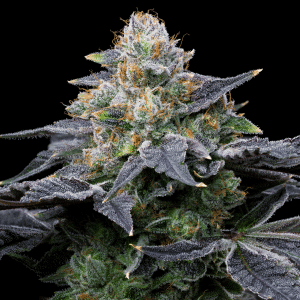
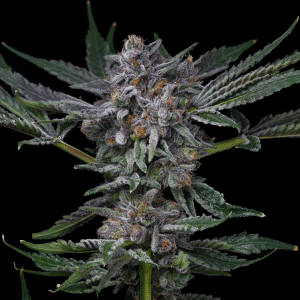
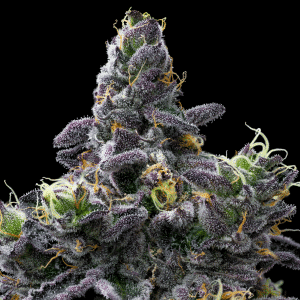
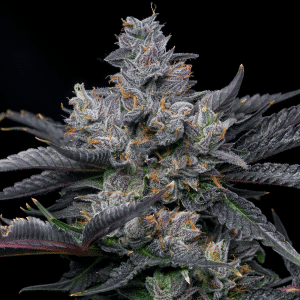
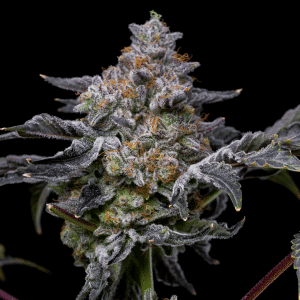
Offers
This product is not for use by or sale to persons under the age of 18. This product should be used only as directed on the label. It should not be used if you are pregnant or nursing. Consult with a physician before use if you have a serious medical condition or use prescription medications. A doctor’s advice should be sought before using any hemp products. All trademarks and copyrights are property of their respective owners and not affiliated with nor do they endorse this product. These statements have not been evaluated by the FDA. This product is not intended to diagnose, treat, cure or prevent any disease. By using this site you agree to follow the Privacy Policy and all Terms & Conditions printed on this site. All products contain less than 0.3% Cannabinoid-compliant with applicable Federal Laws. Please make yourself aware of any and all applicable laws regarding hemp in your jurisdiction. Premium Cultivars accepts no liability or responsibility regarding germination laws in any specific locale state or national jurisdictions.THCA products are not available for shipment to the following states: Hawaii, Idaho, Minnesota, Oregon, Rhode Island, Utah, Vermont *Note: Products with Total THC content above 0.3% must not be shipped to these states.
We want to help you get your hands on the seeds you want, take 20% off your next purchase when you enter your email below!
We want to help you get your hands on the seeds you want, take 20% off your next purchase when you enter your email below!